Take a Voyage Down to your Public Library
“Children and young adults are discovering through the talents of young Meeno Peluce, and handsome Jon-Erik Hexum, that time-travel, romance, and adventure make learning about history fun.” – Brandon Tartikoff, President, NBC Entertainment (1982)
On the surface, a Voyager’s mission is simple. They travel through time to set the course of history right. In a red-light zone, events unfold contrary to the historical record, and a distorted parallel world’s created. Once the Voyagers figure out the cause, they time-travel back to prevent the disturbance, and the Omni dings a comforting green light.
To make historical events understandable, it’s necessary to “trim the fat” off adult themes, and weighty subject matter presented to children. Voyagers! (1982) kept most of its focus on positive contributions and world events. However, the writers didn’t avoid alluding to disasters or tremendous social injustices. Slavery in America and ancient Rome, the Salem Witchcraft Trials, the Titanic tragedy, Pearl Harbor, and the Jack the Ripper murders were just a few mentioned or highlighted.
Writer Jill Sherman-Donner felt that Voyagers! (1982) wasn’t a kid’s show, but it included them. “It worked on two levels. Most of the time, we dealt with history in a rather light-hearted manner. We did touch on some intense moments in history. The Titanic was pretty heavy. I think we could have touched on the Diary of Anne Frank, but we would never have gone into Auschwitz, which is the most intense time I can think of.”
News critics often accused Voyagers! (1982) of using a dramatic license to boost the ratings. In their view, the show made a terrible hodge-podge out of history by mixing fact and fiction. A dramatic license is often used in television shows and movies to tell an engaging story within a limited time.
Why did the critics expect Voyagers! (1982) to be any different from other shows? It presented stories about iconic figures while also focusing on average days in their lives. Writers must somehow creatively fill in the unknown gaps and mundane moments leading to significant discoveries or decisive acts that will change society and history.
The writers had imagination, but some of the critics did not. Most believed that impressionable children would accept the historical distortions as actual facts and that Voyagers! (1982) irresponsibly encourage ignorance and premature cynicism with “phony” history.
The “What-Ifs” of Time-Travel
Jill Sherman-Donner explained the concept of Voyagers! (1982) – “This is a ‘what-if’ way of looking at history. It places the viewer alongside Phineas and Jeff each week as they figure out what went wrong and how to set it right.”
In Sherman-Donner’s personal favorite episode, “Cleo and the Babe,” we see the outcome of Babe Ruth remaining a pitcher for the Red Sox instead of joining the New York Yankees. He leaves baseball early and winds up in a flailing entertainment career. Vaudeville fizzled out of style by the end of the 1930s. Babe Ruth, the Vaudeville star, must’ve faded into obscurity in this alternate history since he’d never broken leading baseball records or became the world’s most outstanding player. Viewers can envision how the time-line changed, not only for the world but for Jeffrey Jones personally.
In the red-light zone, Yankee Stadium, “The House that Ruth Built,” was never constructed, and Jeffrey’s heartbroken. Jeffrey still carries precious memories that would’ve been erased from his personal time-line if he didn’t travel out of the “time-flux” (More on that in a later chapter). Without Yankee Stadium, Jeffrey couldn’t have attended games with his father, nor would Bill Jones have given Jeffrey a prized baseball signed by the whole team. Who knows if the Yankees would’ve lasted as an official team without Babe Ruth’s efforts in the past?
Jill Sherman-Donner understood the importance of decisions and how they can affect one’s entire life. “There are always what-ifs in people’s bios. Turn a different corner or make another decision than the one you’ve already made, and your life goes off in a totally different direction. Magnify these decisions in the context of history’s most important people, and it’s easy to imagine, ‘What if?’ ”
Going Left or Right Changes the Universe on Doctor Who
Doctor Who (2005) provided one of the most excellent “what if?” stories on television with an episode called “Turn Left,” featuring the 10th Doctor’s companion Donna Noble. Donna suddenly returns to her own past during a visit to a shady Fortune Teller in an alien carnival. She desires a job at H.C. Clements, a high-profile company her mother doesn’t think she’s good enough for. They’re arguing on the road, and Donna makes a “right” turn to appease her mother and goes for a different job interview.
Life as the universe knows it dramatically changes because the 10th Doctor never meets Donna and dies before he can regenerate during the Christmas Racnoss spider invasion. The earth’s soon overrun by hostile alien incursions, which the Doctor and Donna weren’t there to prevent. Survivors are living in poverty and extreme divisions under corrupt dictatorial governments.
Donna learns she has a giant, invisible “time beetle” latched onto her back that “feeds off by changing time.” She meets Rose, the Doctor’s former companion. Rose traveled from another dimension to find her and the Doctor because of the weakened dimensional barriers. Donna’s told she’s the most important woman who ever existed. She must time-travel to set things right as reality bends around her.
Donna sacrifices her life by using the last bit of power the Doctor’s Tardis has and time-traveling to the day she was on the road with her mother. She’s left on the other side of the city and barely makes it to the moment. Donna selflessly allows herself to get hit by a truck, which causes a traffic jam that delays Donna from the past. That Donna decides not to listen to her mother and makes a “turn left” to take the job at H.C. Clements. She eventually meets the 10th Doctor on her wild and devastating wedding day.
Donna wakes up in the carnival tent in the present-day, and the time beetle scuttles off and dies. The Fortune Teller’s terrified because Donna’s will is so powerful. The Doctor tells Donna that the beetle usually affects only one person, and the universe compensates for it. But in her case, two parallel worlds were created around her, and he’d also met a different version of her grandfather.
What-ifs? On Voyagers!
Voyagers! (1982) addressed the “what ifs?” in their episode without making the differences too complicated or traumatic for their child audience. Adults who knew the real history, on the other hand, could find a lot to speculate about. In one example from the Pilot episode, Bogg and Jeffrey meet young actress Mary Murphy. She’d been traveling throughout Europe to support the war effort and was trapped in a dangerous situation. Because history’s altered without airplanes, the stakes are dangerously higher for Mary to be killed in ground combat. What would the world of 1920s Hollywood be like without “America’s Sweetheart?”
In real life, silent-film star Mary Pickford (on whom Murphy was based) actively supported the American troops. She starred in war movies such as The Little American (1917) and Johanna Enlists (1918). Mary sold locks of her famous golden curls to raise money. She gave spirited public speeches and promoted Liberty Loan drives with an advertising film called One Hundred Percent American (1918).
Pickford organized cigarette collections for soldiers, held charity balls to raise funds for the Red Cross, and was considered the “Godmother” of the 143rd Field Artillery Regiment. She embodied female American courage and fortitude throughout that time. What morale would American troops have gotten if Pickford died in the war? How many people were saved or benefitted from her charity fundraisers? Was Voyagers! (1982) way off base, showing Mary Murphy traveling to entertain and encourage the soldiers? Not at all.
Voyagers! (1982) had well-researched plots, but it was not meant to be a historical documentary. From the Pilot, critics nitpicked all the liberties taken. One cited how it’s false that Mary Pickford, along with future American flying ace Eddie Rickenbacker, confronted the Red Baron (Manfred Von Richtofen.) Others claimed that the show lies about history because Eddie Rickenbacker never fought with the Red Baron.
History books and articles about WWI often mention Rickenbacker and Richtofen practically as joined at the hip. They were featured as supposed “enemies” from the Axis and Allied nations with superior flying abilities. The men achieved celebrity status, and their legacies helped shape WWI lore. Voyagers! (1982), like any television show, fictionalized how the pilots could’ve met.
“Pity the poor history teachers who are going to have to spend the rest of this term explaining that no, the Allies weren’t on the brink of losing WW I because the Wright Brothers almost didn’t invent the airplane because they were too busy fighting over a woman.”
Critics often missed the point of the show’s alternative time-lines. It wasn’t showing how history actually played with the Voyagers only intervening. The episodes showed how random events, people, or even a moment of indecision had a snowball effect that created an entirely different time-line, one which shouldn’t exist.
Every episode of Voyagers! (1982) is one big “What if?” because that’s what the red time zone represents. The world may shuffle on as it always does, but at a slower technological pace, such as having no airplanes in WWI. Viewers didn’t see the world without Edison’s lightbulb in “Worlds Apart,” but they can imagine it’d be darker or history credits someone else. How about no Bell telephone? In “Barriers of Sound,” this red-light affected Eisenhower’s birth. Jeffrey implored Bogg, “Like it or not, we got the most important job in history. If we don’t do that job, history’s gonna change! The telephone won’t be invented, Eisenhower won’t be born, and millions of other things will be different.”
James Parriott said, “The fun is to do a little ‘Ragtime,’ a little misplaced characters in history. We’re going to teach who the characters are, what they did in history, and what history would’ve been like without them.
Historical Licenses and Lies?
In 1982, NBC Programming Chief Brandon Tartikoff reassured critics that there’d be limits to the historical twists while “ … sometimes combining situations to tell a story in an hour. I hope we don’t have Cleopatra being the Queen of Greece, but sometimes we may have to take shortcuts if it doesn’t hurt the integrity of the piece.”
Voyagers! (1982) didn’t take shortcuts there. Though trapped in Rome at the outset, Cleopatra was still called a “Queen of Egypt” in “Cleo and the Babe.”
Journalist Marilyn Preston felt Voyagers! (1982) was “ … dishonest, confusing, and a foolish violation of all science-fiction writing – namely, when you travel back in time, you must never tamper with history.”
“ … they meddle with the Civil War, the Salem Witchcraft Trials, ancient Rome.”
Preston wasn’t comfortable with Voyagers! (1982) method of time-travel no matter how many Scholastic educational advisors praised the show, she deemed the show to be stupid and lame. When her scathing review came out on October 10, 1982, Voyagers! (1982) had just aired its second episode. Once again, a critic bashed a show before the viewing audience had a reasonable opportunity to decide if the historical ‘tampering’ bothered them or not.
Children who believe a TV show’s version of history is real do exist, but Voyagers! (1982) was still labeled a fantasy. Historical accuracy should be taught by parents, guardians, teachers, and librarians. Children watching grew up and learned to differentiate the good, bad, and ugly in history on their own, as the show always suggested in the credits. James Parriott stated the show’s intentions clearly. “The premise of “Voyagers!” is the enjoyable, intellectual game of conjecturing what would have happened if history had taken a different course – the counterfactual as opposed to the historical.”
Voyagers! (1982) could even be lauded as experimental children’s television – no other American time-travel show was used as an educational tool to that extent. Historical events and influential people appearing in other time-travel shows were usually props or cameos. They set a scene, and their appearance entertained viewers with throw-backs, “guess who?” and “gotchya!” moments. These were plentiful on NBC’s Quantum Leap (1989).
While history is continuously revised, and new information has been uncovered nearly forty years after Voyagers! (1982) ended, can the show really be faulted for historical inaccuracy? The writers worked with whatever facts were known at the time, and they needed to strip them down to the basics. Voyagers! (1982) had its fair share of discrepancies with overlapping historical dates. However, the writers were reasonably accurate in their depiction and timing of events for the most part.
In a Voyagers! (1982) themed essay, “It’s all in Books!” Caroline-Isabelle Caron asserts, “The result is a presentation of history that is, at heart, about individual central figures, key dates, and watershed events. History is neither complex, nor truly diverse. It is to be read and learned or watched as a spectacle, but only heroes participate in it. Television viewers are not invited to identify with historical figures since none of them are ordinary individuals with whom one can identify. School-aged children were to identify with Jeffrey, but as the cliché goes, “nobody likes to know-it-all.”
Bogg and Jeffrey only briefly interact with most of the historical figures. The Omni puts them exactly where they need to fix mistakes without delay. In some instances, only mere minutes pass before producing a green light and leaving the time zone. There’s hardly time for the Voyagers to engage with others intimately or learn of their truly diverse natures.
As for racial diversity among the guest cast, of course, there could have and should have been more, but the show included as much as was permitted for early ‘80s television. The Voyagers interacted with black historical figures and regular historical people from Hispanic, Asian, and Middle Eastern races and cultures.
Voyagers! (1982) brought history to life by putting viewers at the forefront. While there’s plenty of historical exposition, viewers also jump through time with Bogg and Jeffrey on incredible journeys. They nervously watched Edison’s lightbulbs explode and matched wits with Arthur Conan Doyle. Viewers cheered as Charles Lindbergh’s plane majestically soared after a hair-raising take-off. Even if the historical moments featured a mere spectacle, like Washington striking a pose and crossing the Delaware River, they still engaged them.
James Parriott, his frustration apparent, put the focus on significant events. “So I take a license or two. I’m there to entertain, not teach. We’ll be teaching kids major things about major historical characters in history. It’s history in fantasy.”
Although Parriott’s remark seems contradictory, his point’s clear. Television was never meant to be an extension of school or the education it provides. However, purely fictional shows often reach hearts and alter views on reality. It “teaches” the viewer something no matter what. Voyagers! (1982) intended to open minds and hearts to learning about actual events and people. They’d hoped to persuade kids to get acquainted with world history basics and have fun doing it.
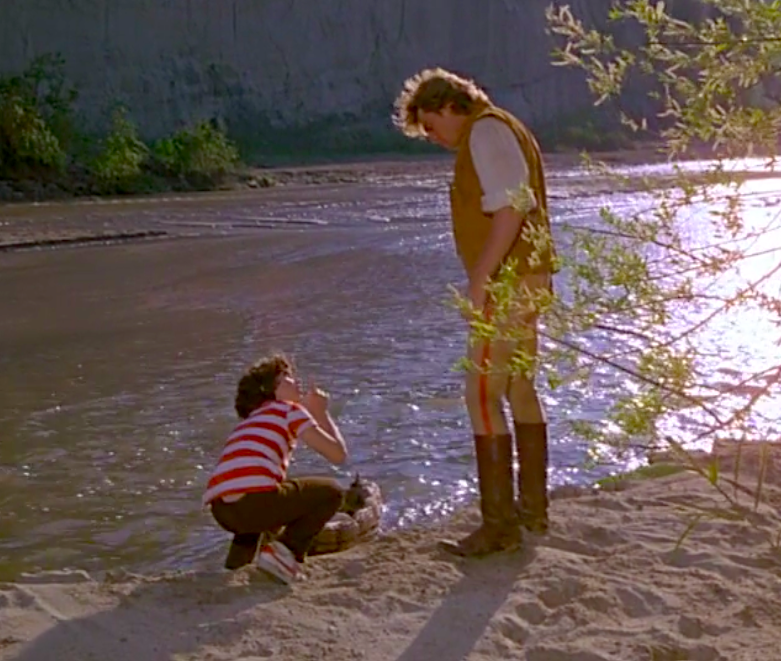
One review blasted the show for not having enough “historical sophistication” and mentioned the simple time fixes from the Pilot – pushing baby Moses’ basket down the Nile to the Pharaoh’s daughter, and getting the Wright Brothers’ mind off romance and back on inventing the airplane.
A counter blurb stated, “It’s fairly cute, well-produced, and careful to mention correct dates and places for viewing kids.”
The stories didn’t need too much complexity for a show geared toward children. Even if a slight moment in time’s altered, like pushing Moses’ basket, it would still drastically affect the future. Aside from taking a historical license, television and movies may oversimplify events to further the plot.
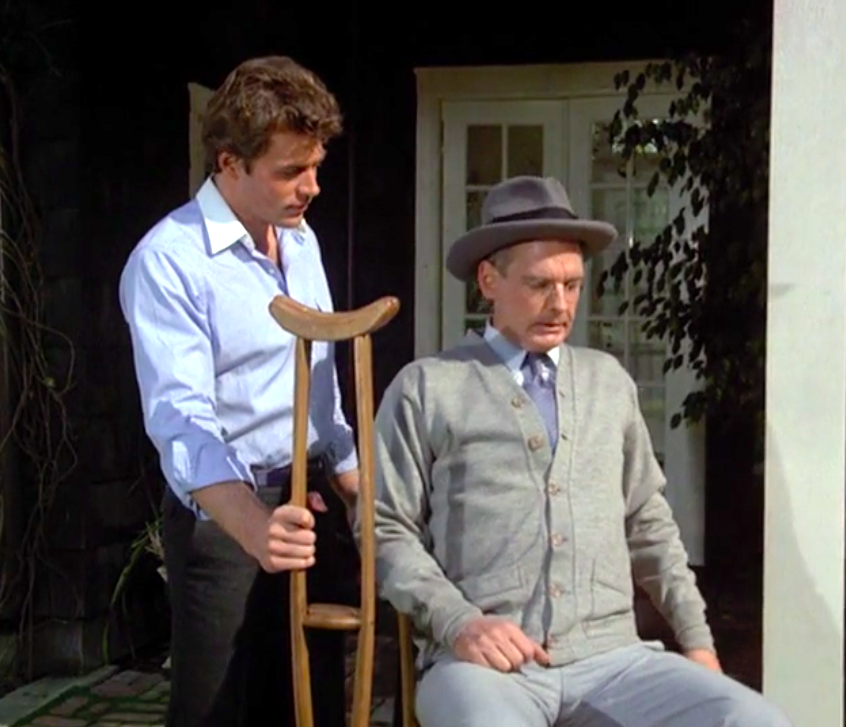
The problems the Voyagers resolved in later episodes became “sophisticated.” The writers created more “human-drama” stories after the NCTV violence reports were published, and the budget dwindled. Unfortunately, the damage was done because most critics didn’t care to watch beyond the first three episodes.
“Brandon Tartikoff, president of NBC Entertainment, defends “Voyagers!” trammeling on the facts by saying these are “the same shortcuts taken in adult docu-dramas.”
Every movie and TV show ever made takes a historical license. Some skew facts purposely to support agendas and spread propaganda. Unless it’s strictly a factual, news, or educational program, a network TV show’s ultimate goal is to provide entertainment. Voyagers! (1982) accomplished both.
Mind Your TVQs!
The network and Universal Studios heads were critical of the historical characters featured on Voyagers! (1982). They’d developed a somewhat undercover system called a TVQ rating. The ‘Q’ stood for ‘quotient.’ The evaluation based its findings on a questionnaire sent out to a nationwide panel, which continually rotated its membership to remain impartial. The TVQ measured the popularity of stars and shows and determined a character’s familiarity. By 1992, networks paid up to $90,000 annually to obtain TVQ research.
Jill Sherman-Donner was told that Harriett Tubman, Napoleon Bonaparte, and Josephine didn’t have a high enough TVQ rating. This discouraged her. The script for “The Tomb of King Tut,” written by Ruel Fischmann, included Napoleon ransacking King Tut’s tomb in 1798. Bogg and Jeffrey rescued him and his crew from Booby traps. The script was never filmed. Napoleon and Josephine were only mentioned briefly as an “off-screen” adventure for the Voyagers in the opening of Destiny’s Choice.”
Sherman-Donner said, “If we had gone another year (22 episodes), we would’ve had to come up with 44 historical characters that everyone easily recognized. But you can only do Ben Franklin and Cleopatra so many times.”
“Half the fun of the series was finding out different aspects of famous people and learning about people that the audience may not know.” She reflected. “It would have been more fun to come up with more little-known characters who contributed to history.” Voyagers! (1982) stories didn’t have to be based on TVQ, but money talks, and the viewing public wants what it wants. Sometimes Producers only do what they want, rather than looking at the demand and trusting the viewing audience.
Think of the inventors or those who were ‘firsts’ in their field that received little to no recognition. The contributions lesser-known people made to history are tremendous. In many ways, they’re taken for granted and overshadowed by others due to their competition’s race, gender, personalities, wealth, and influence. Sometimes the timing isn’t right, and whoever makes it to the patent office first goes down in history.
The Voyagers Soar Into Classrooms
“ ‘Voyagers!’ is infused with what – by commercial television standards – is an unusual degree of sensitivity toward and respect for the young people it is trying to reach.” – Lee Marguiles, The Los Angeles Times.
From 1982 to 83, Scholastic Media included activities and information about Voyagers! (1982) in their grade-school digests known as “Weekly Readers.” They featured Meeno Peluce and Jon-Erik Hexum in their tie-in children’s magazine, Hot Dog and Sprint. The show’s educational slant helped teachers develop lessons about the periods and events the time-travelers took part. Scholastic would list biographies as suggested reading. What kid would mind watching Voyagers! (1982) for their weekly homework assignment? It was one way to try and boost ratings.
When the school year started in September of 1982, Scholastic designed a poster for classrooms with illustrations of Jeffrey Jones, the Omni, and a slew of historical characters on the front. It shows the Wright brothers’ airplane, the stagecoach from “Bully and Billy,” a menacing bearded pirate, elderly Mark Twain, the Roman Coliseum, Bogg riding the WWI Motorcar, and the 1777 Betsy Ross American flag with 13 stars representing the colonies. A real publicity photo of Jon-Erik Hexum and Meeno Peluce in a circle adorns the top right corner.
Young Queen Elizabeth I and King Tut (his famous casket) are also illustrated. The two characters never made it onto the show. Three un-filmed scripts still circulate today – “The Tomb of King Tut,” by Ruel Fischmann, “Remembering the Alamo,” by Bruce Shelly and Stephen Zito, and “The King and the Voyager,” by Nick Thiel. Story elements from those scripts were added to filmed episodes. The Alexander Graham Bell voyage from “The King and the Voyager” was reworked with Bogg’s combined love story. It became “Barriers of Sound.” Sam Houston from “Remembering the Alamo” now appeared in “The Trial of Phineas Bogg.” Unfortunately, Bogg and Jeffrey never had an adventure in Egyptian pyramids, at least not on-screen. They did, however, wander catacombs in “Worlds Apart.”
The Scholastic poster’s flip-side featured a summary of the series and lesson plans and activities for teachers. It had a “Build Your Own Time-Machine” section with space to draw and five questions about its capabilities. Kids were encouraged to discuss the show with their parents. There were boxes to write their favorite historical periods, where they’d like to have lived, and what famous person they wanted to meet. They were also encouraged to write to Scholastic about their favorite characters and suggest future historical adventures.
Voyagers! (1982) provided the starting point for a child’s learning journey. The focus on events and characters in the show was enough to spark genuine historical interest. Jon-Erik Hexum admittedly wasn’t a history buff in school. He preferred English and Social Studies, but he still enjoyed learning the history.
“Really, the show is not (designed) to teach. It’s basically just headlines. We don’t have time to teach.” Jon-Erik still understood the value of Voyagers! (1982). “This is a really good concept. I like the characters we play and the situations we get into.”
“What is interesting about the show is that (for example) we don’t tell everything about George Washington. We present him in an interesting light.”
One critic wondered if the side-door method used by Jeffrey Jones to solve the historical problems had merit. Learning doesn’t come easy to some kids, nor do they enjoy it. Some find history boring – just a matter of memorizing names, dates, and events long enough to pass a school test.
“It’s every kid’s fantasy to participate in great events in time,” Jon-Erik told the press. “The Producers are hoping that if we make the episodes in history interesting enough, the kids will go right to the books and see who these people in history are.”
In 1982, James Parriott saw nothing wrong with using action sequences in the stories. “There is a need for swashbuckling on television. In the process, we’re telling kids that history is fun.” Another NBC executive remarked, “Our duty and objective is to show that history is fun. If a kid can watch and meet Abraham Lincoln, that alone is worthwhile.”
Jeffrey Jones inspired kids to research and retain important dates and events. History captivated him, as did all the people involved in making it, and it could delight other young people with a thirst for historical knowledge.

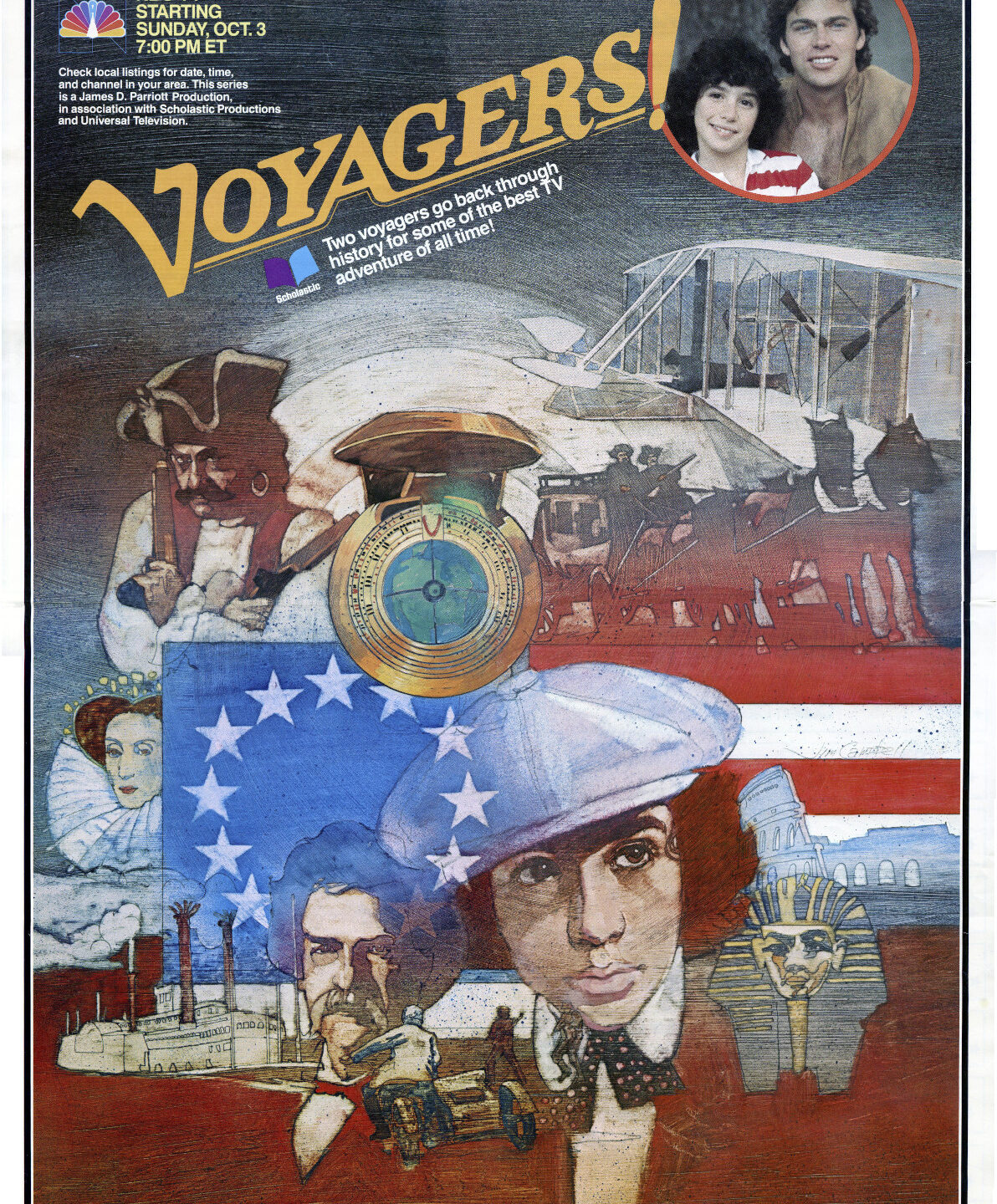
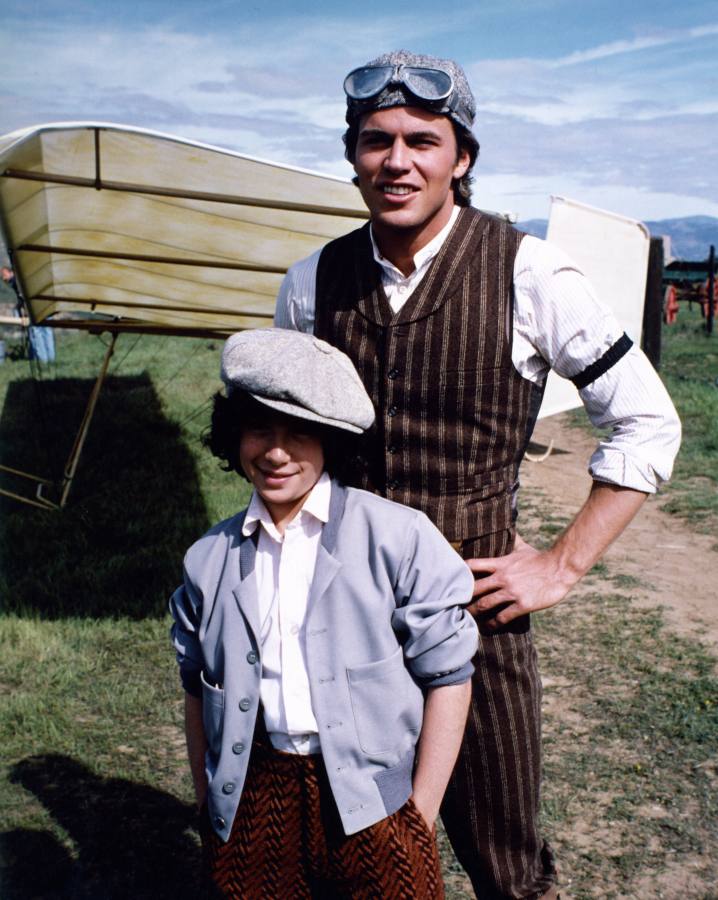
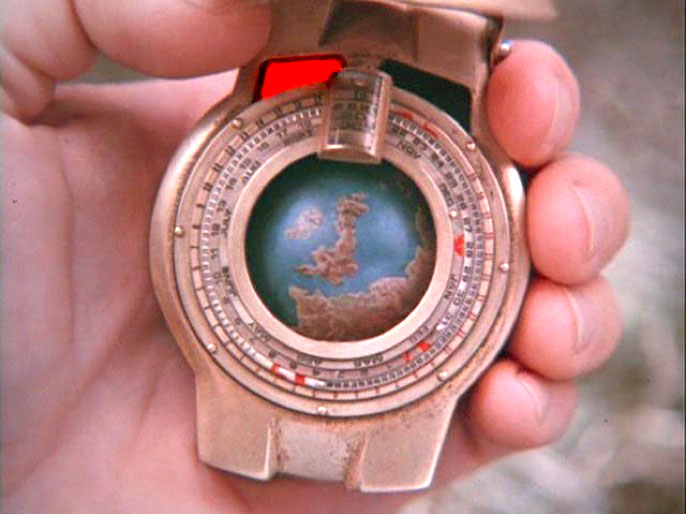
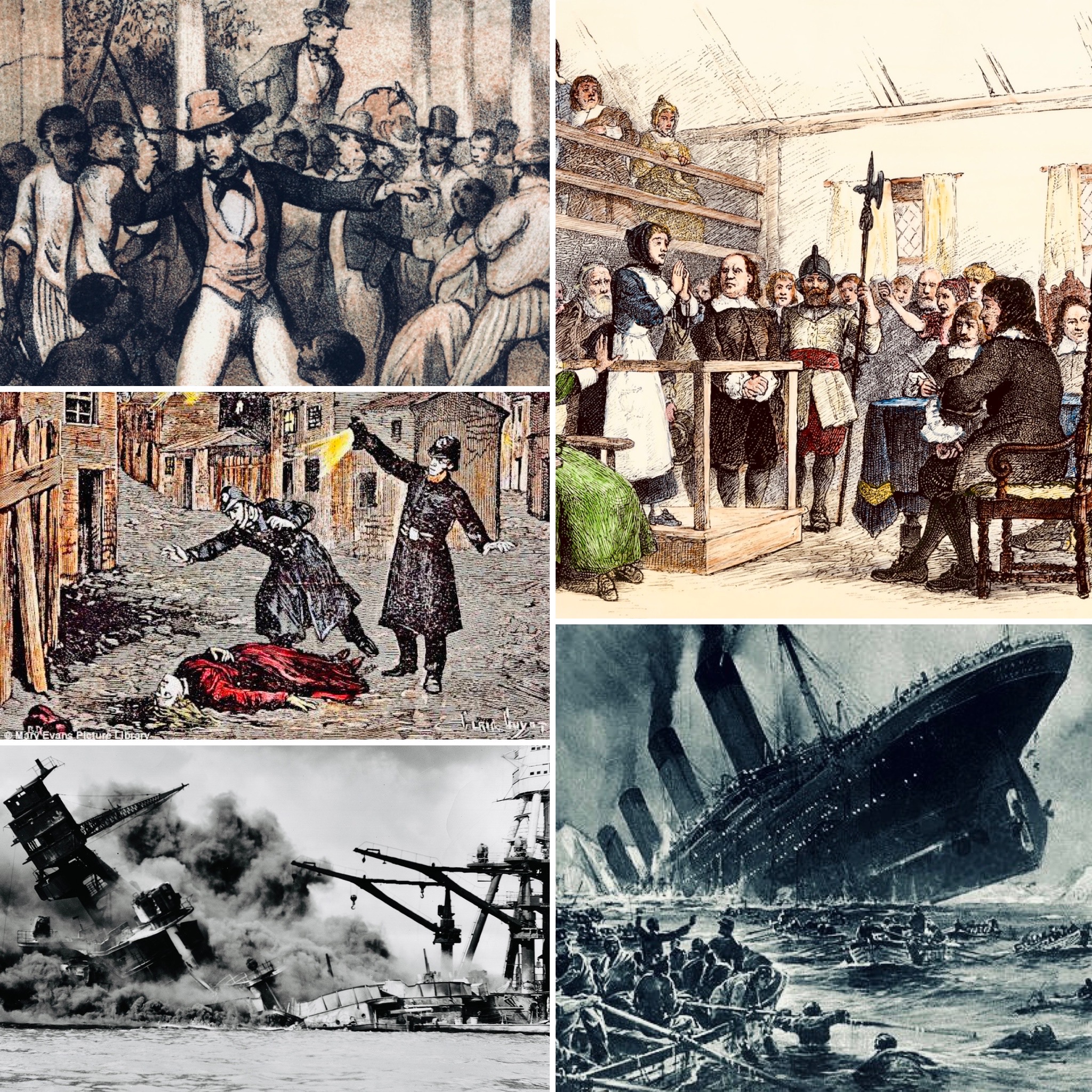
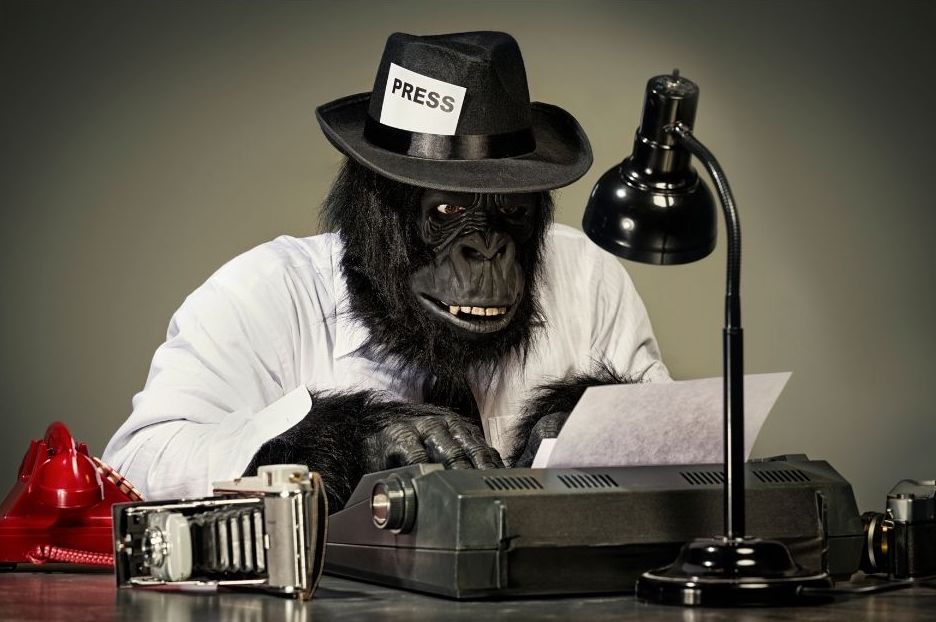
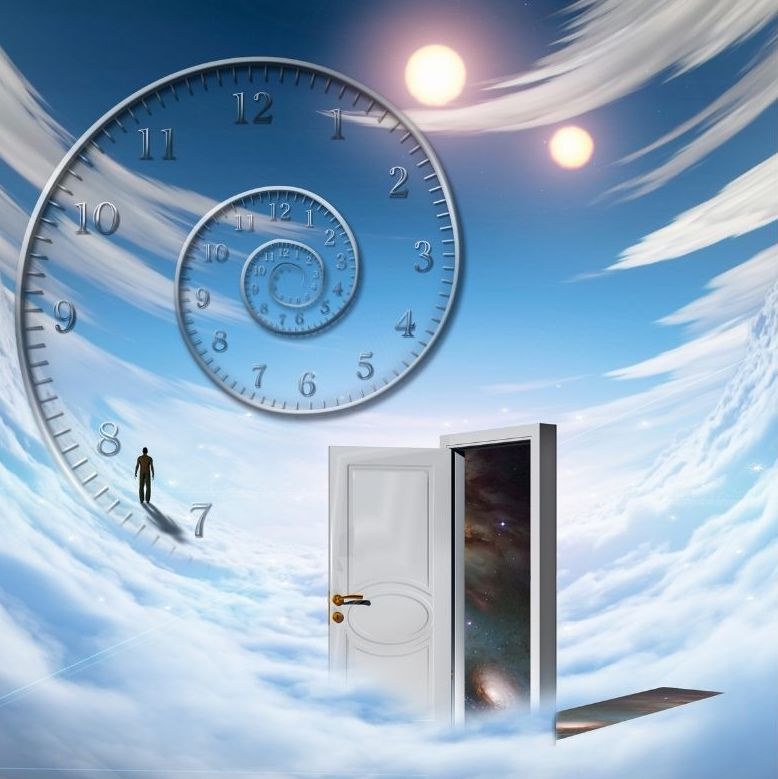
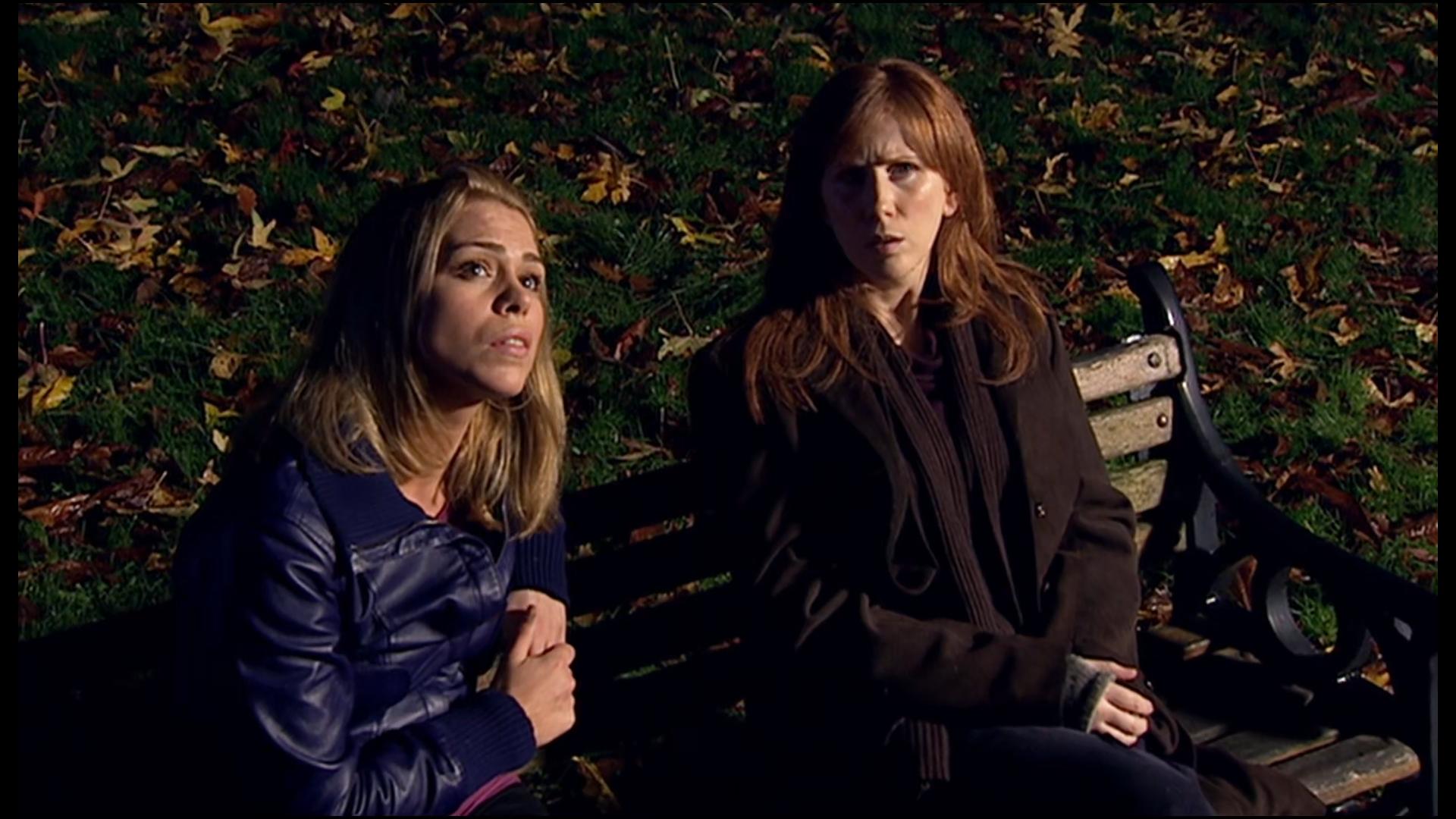
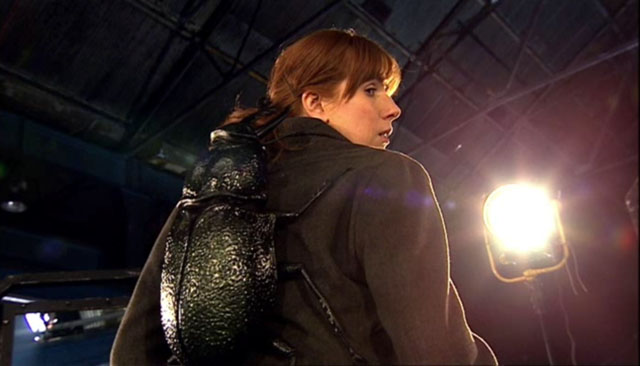
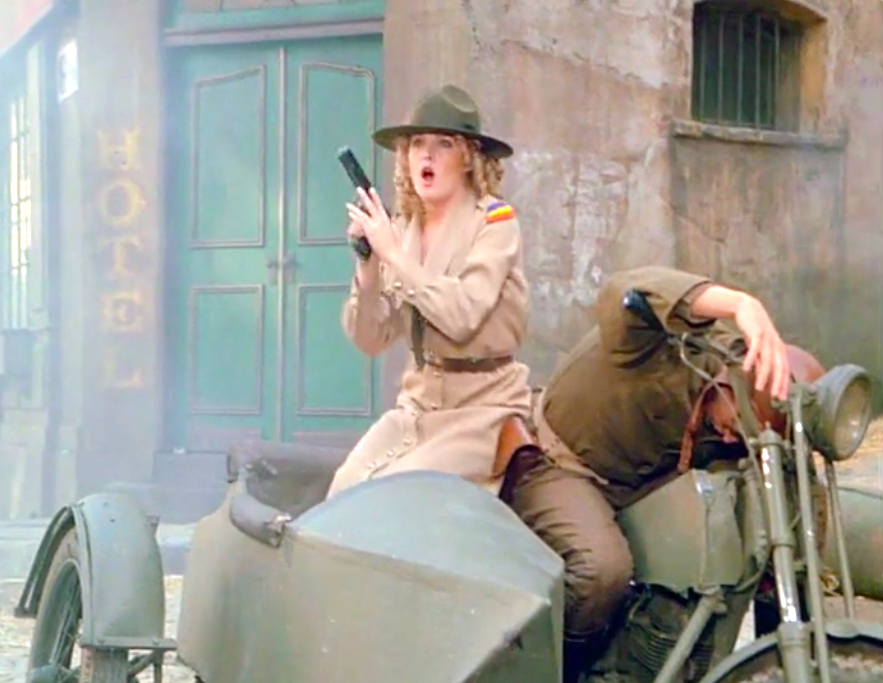
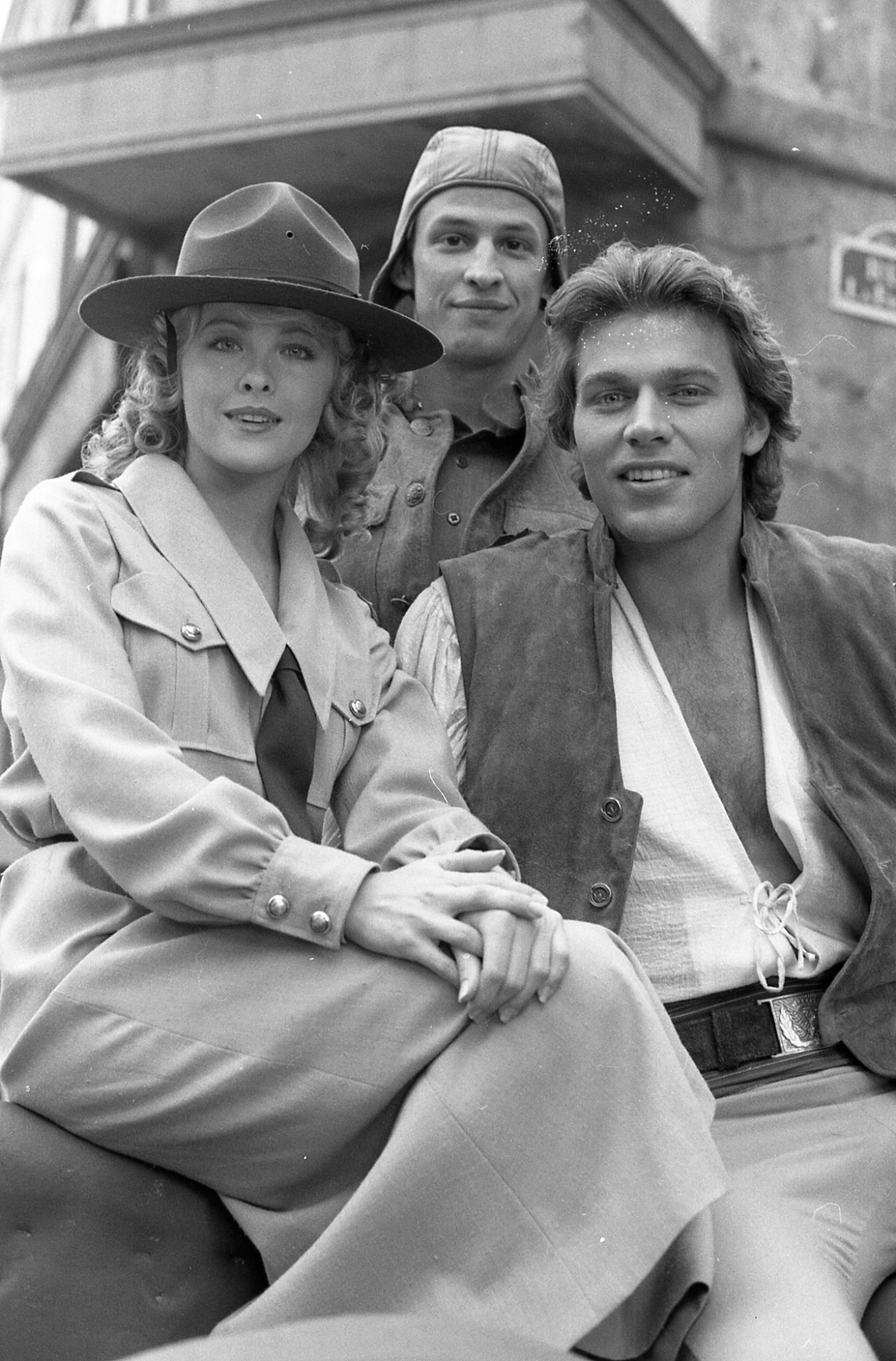
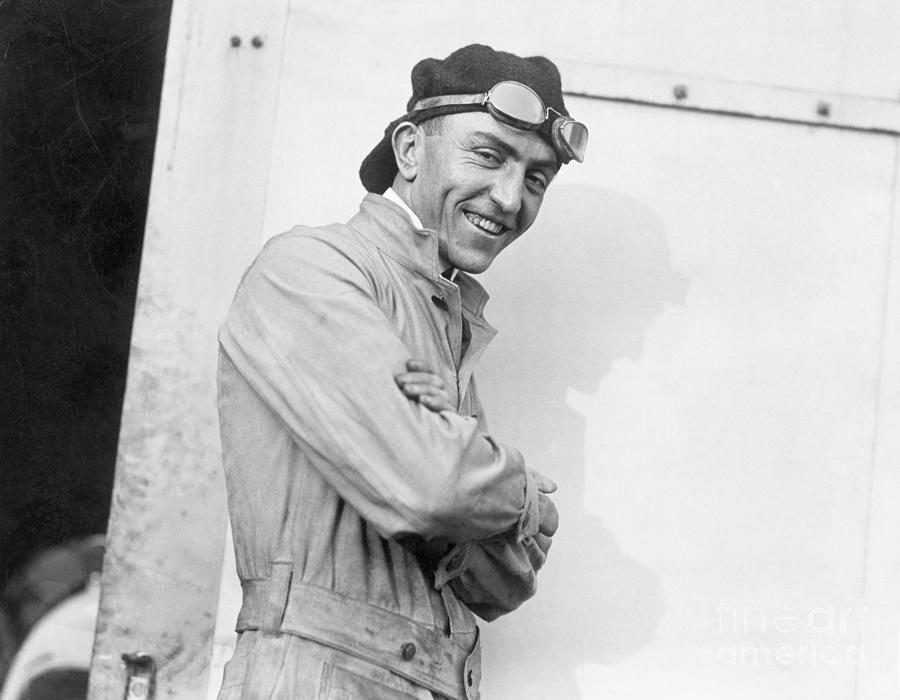
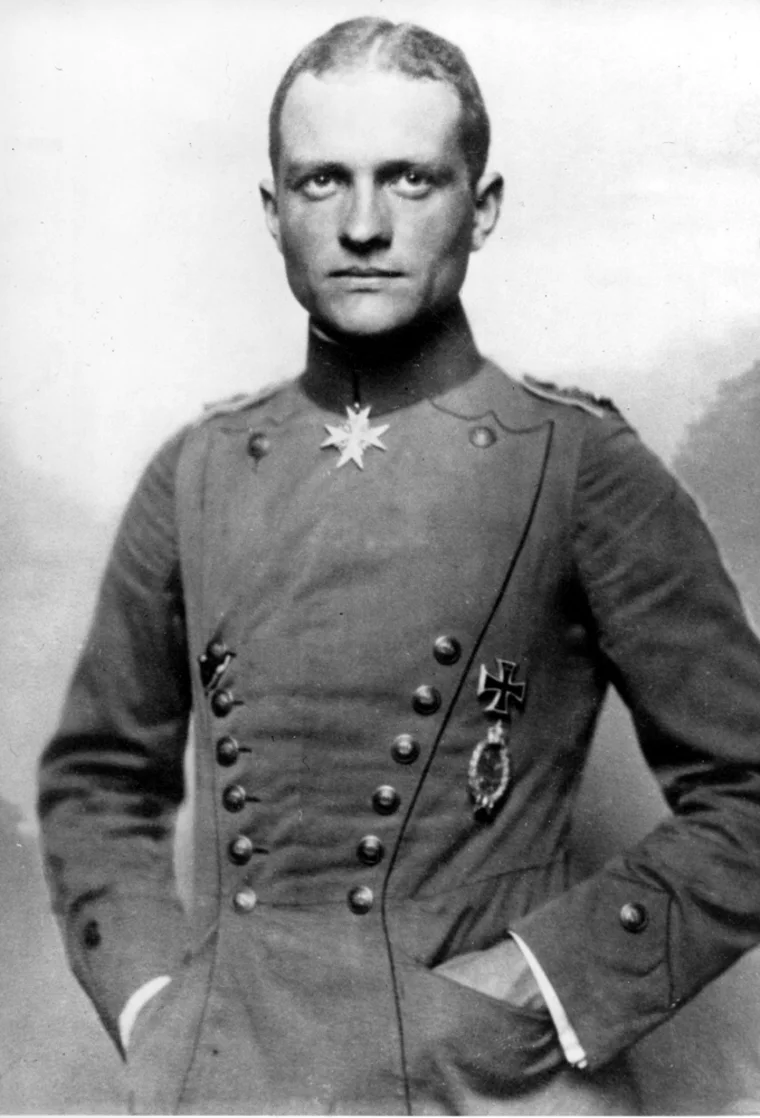
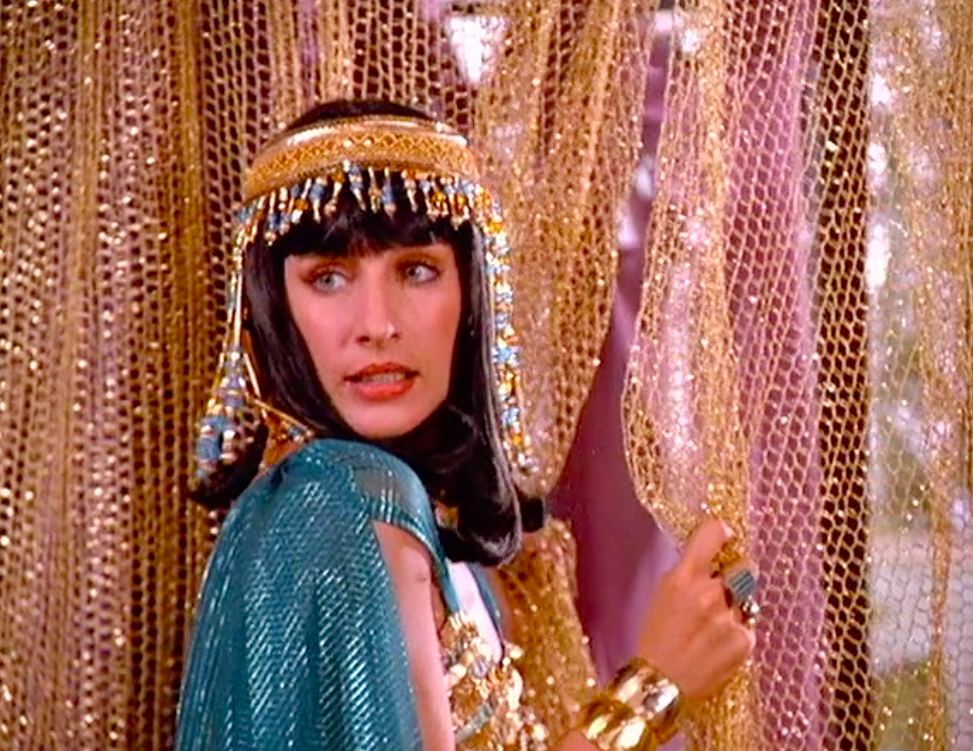
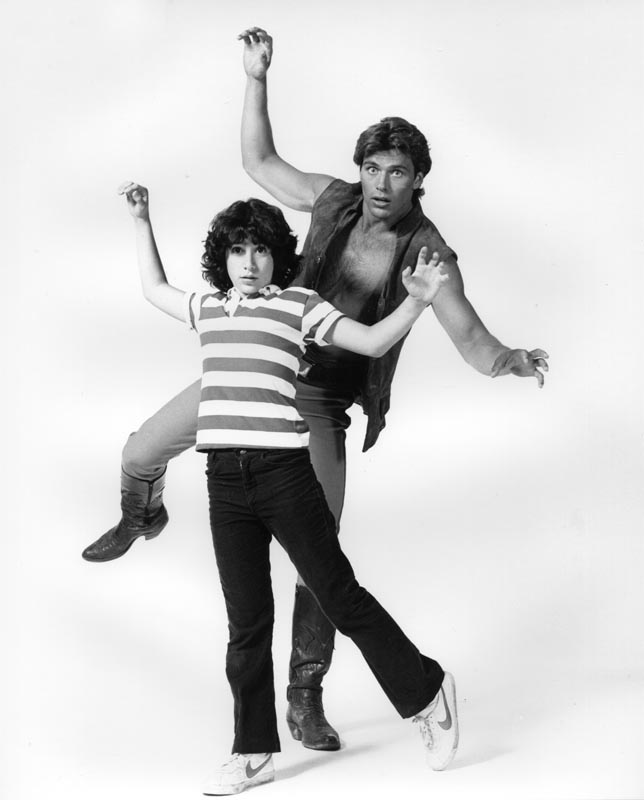
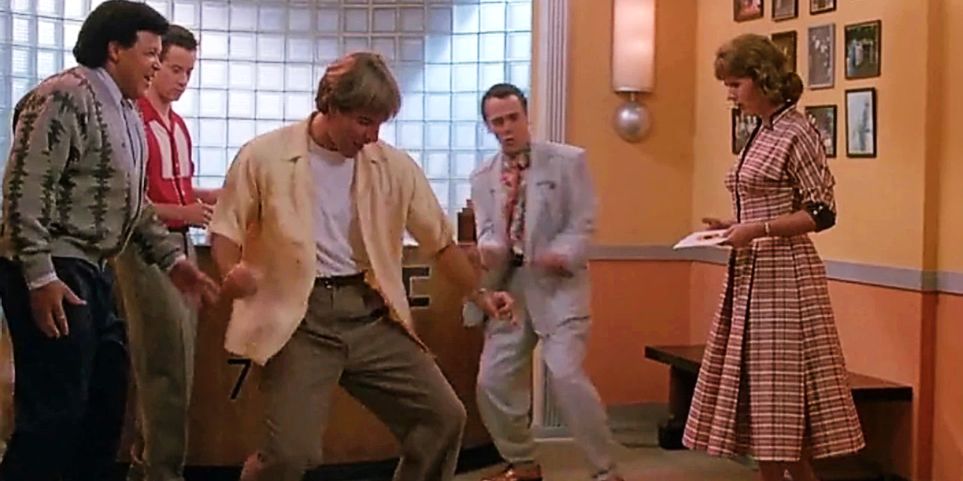
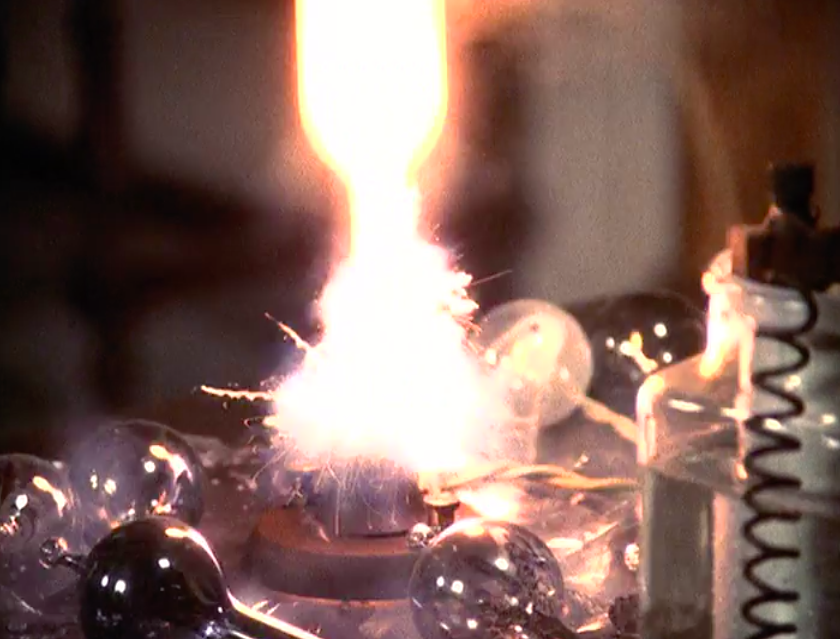

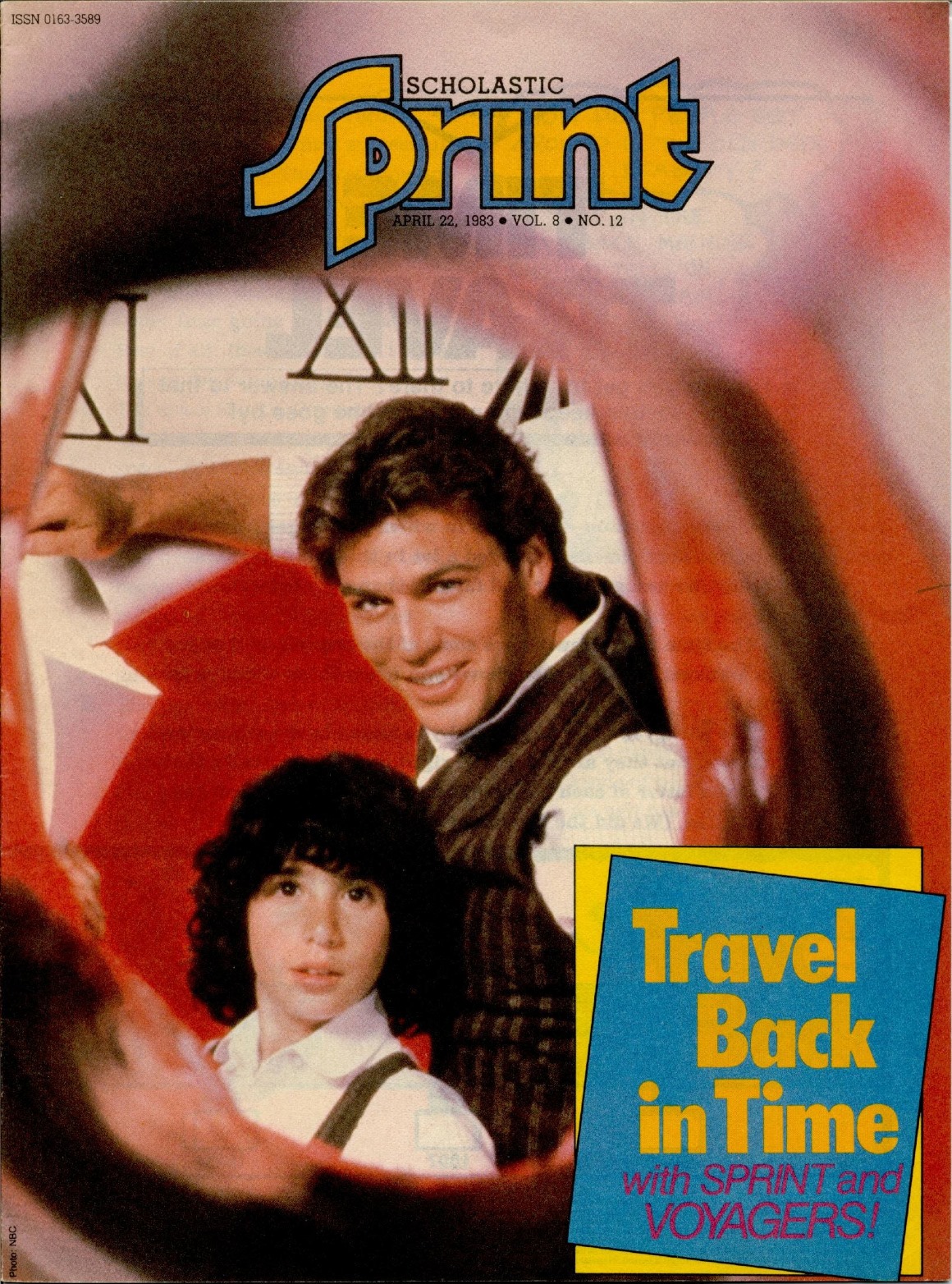
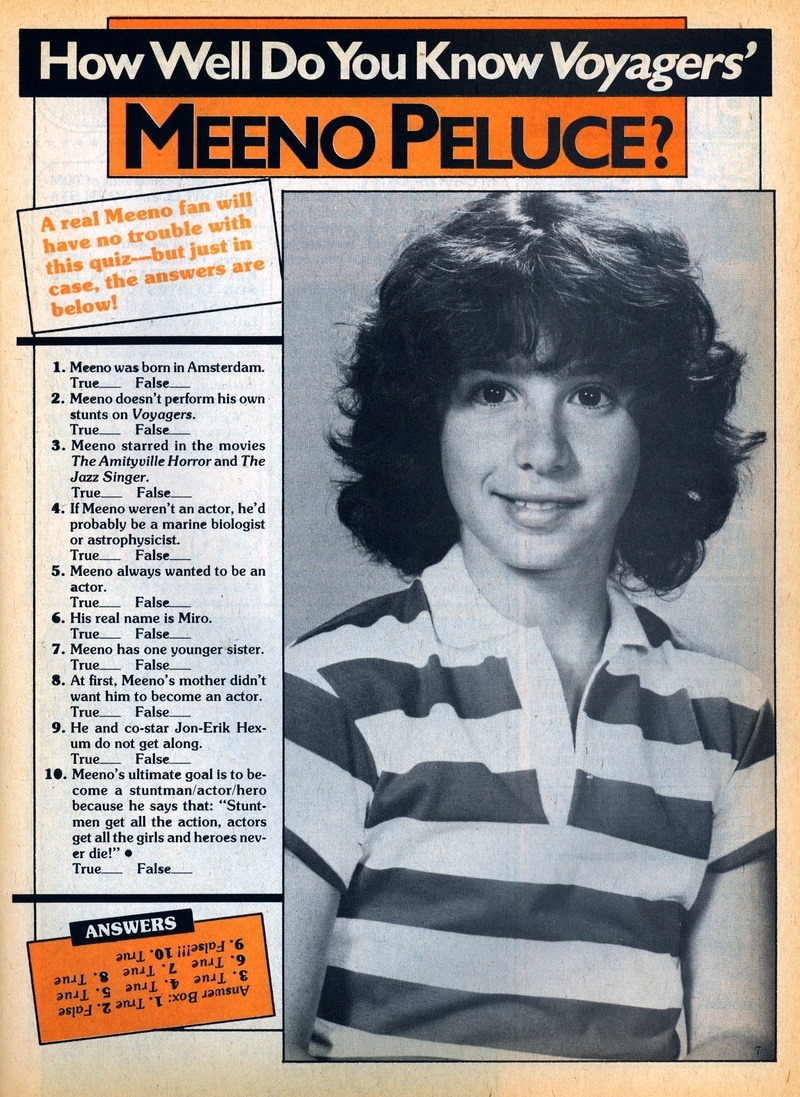
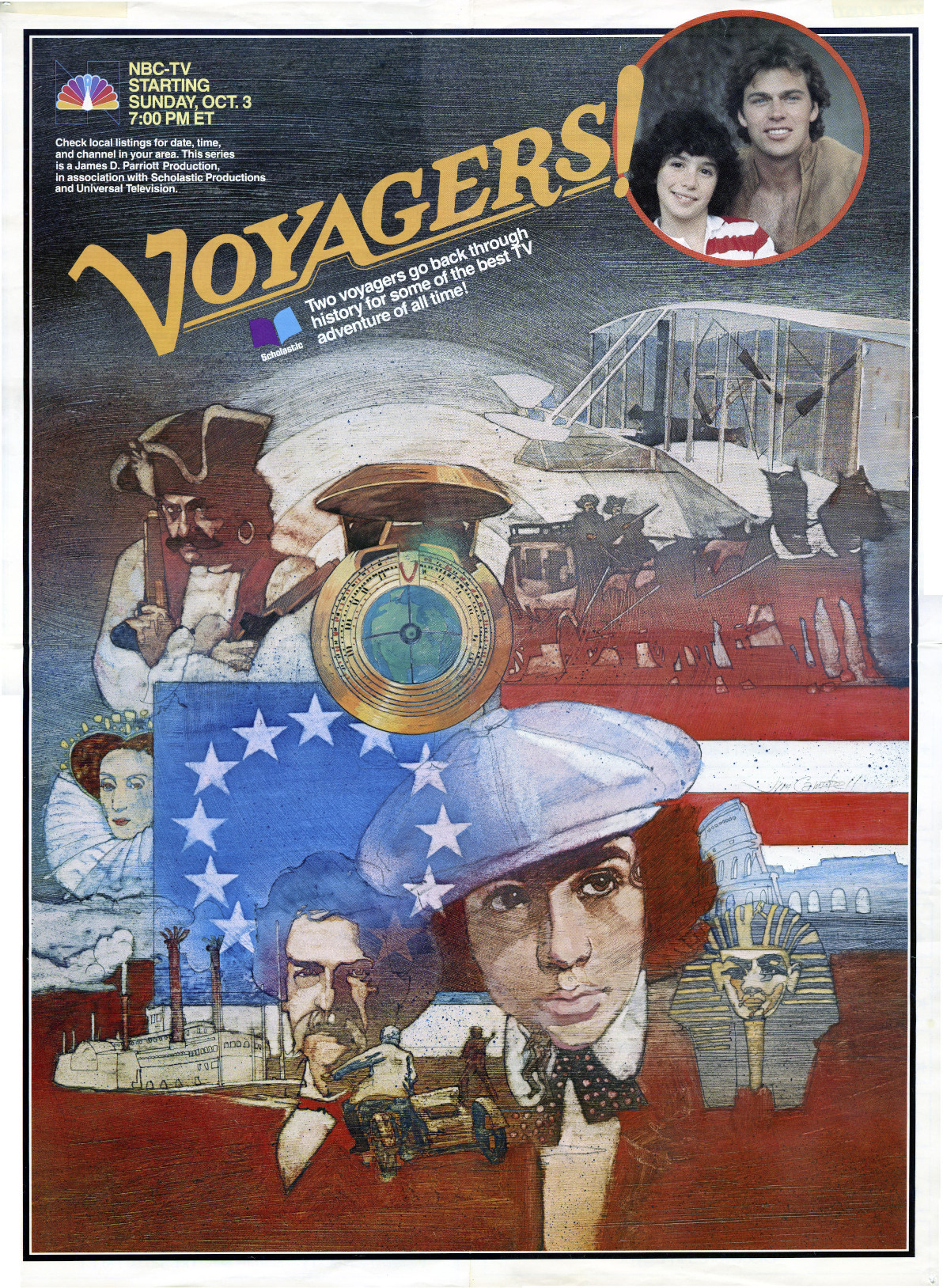
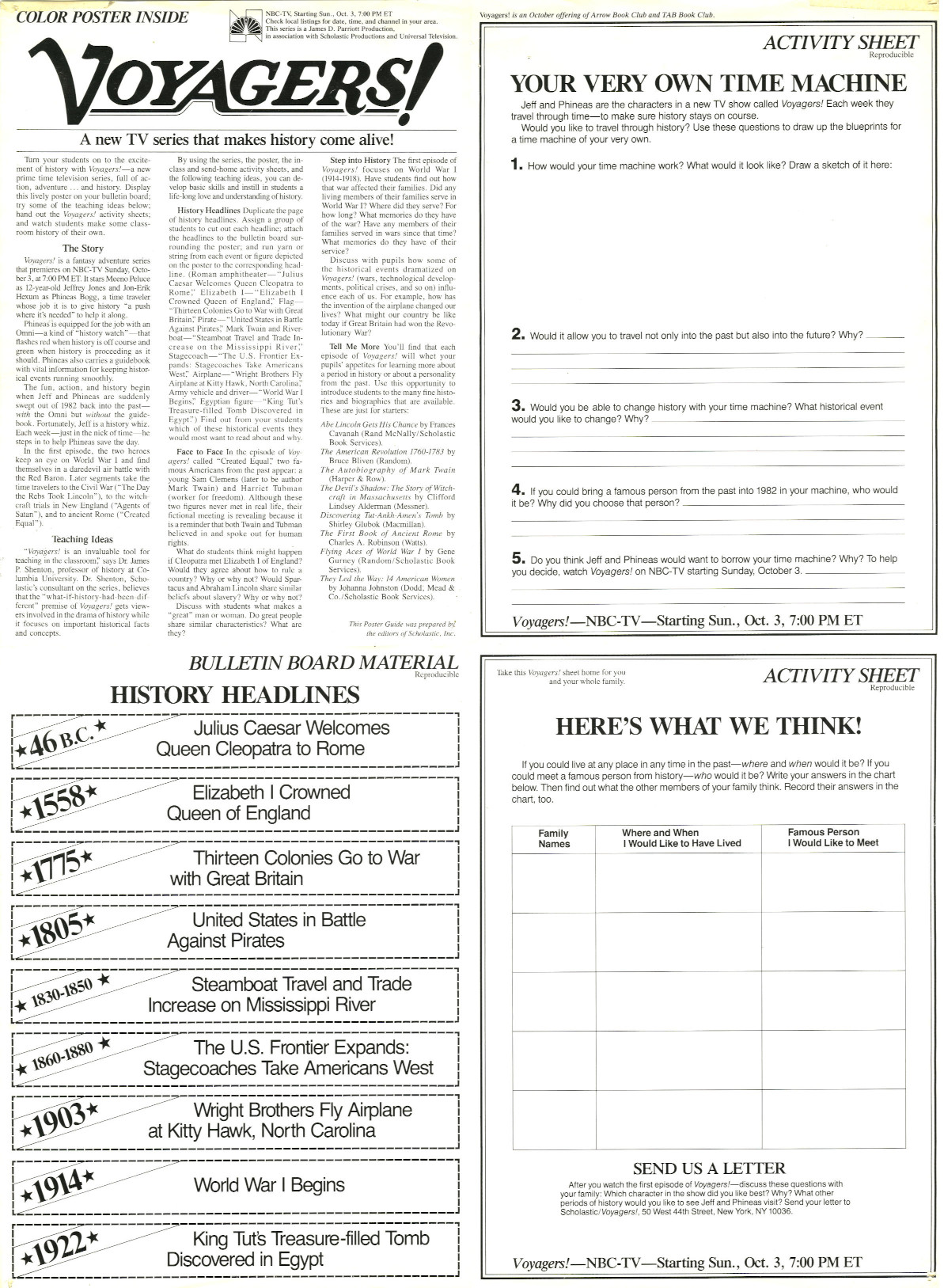
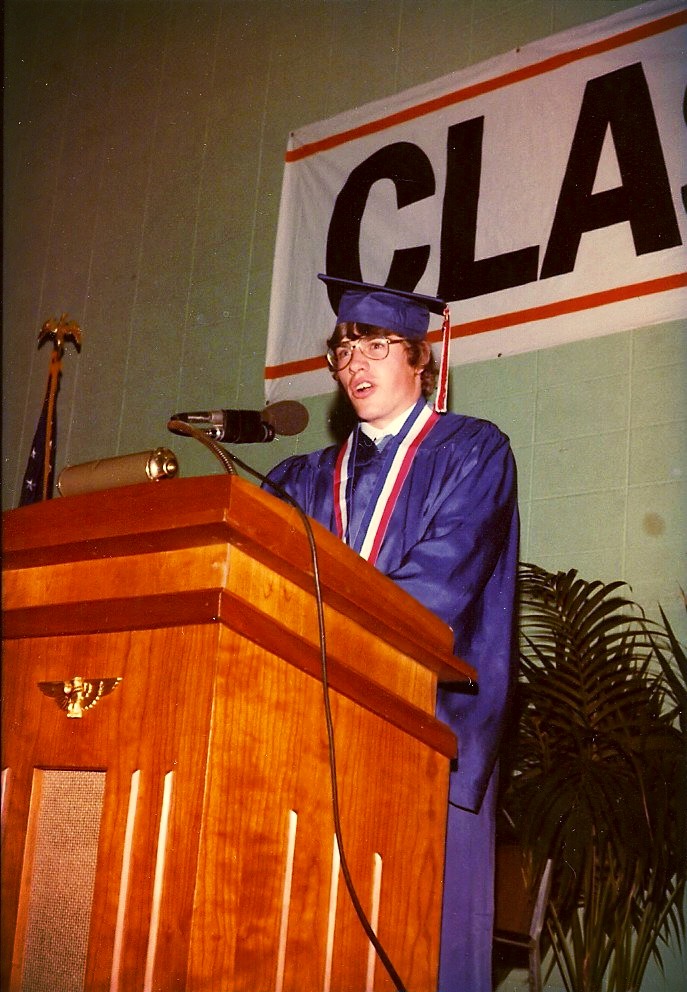
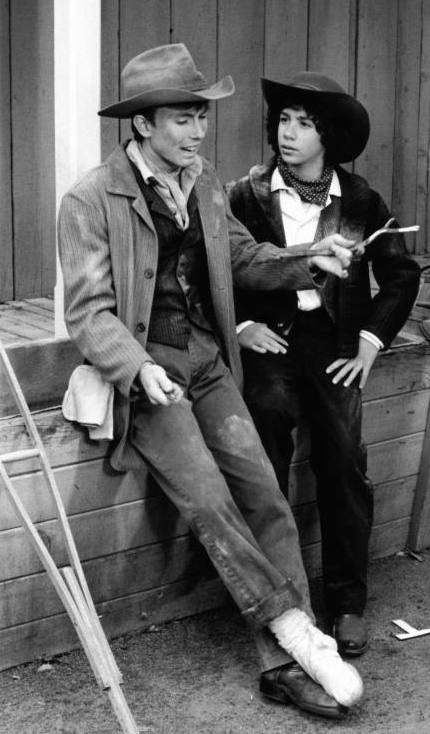
Thanks for your blog, nice to read. Do not stop.